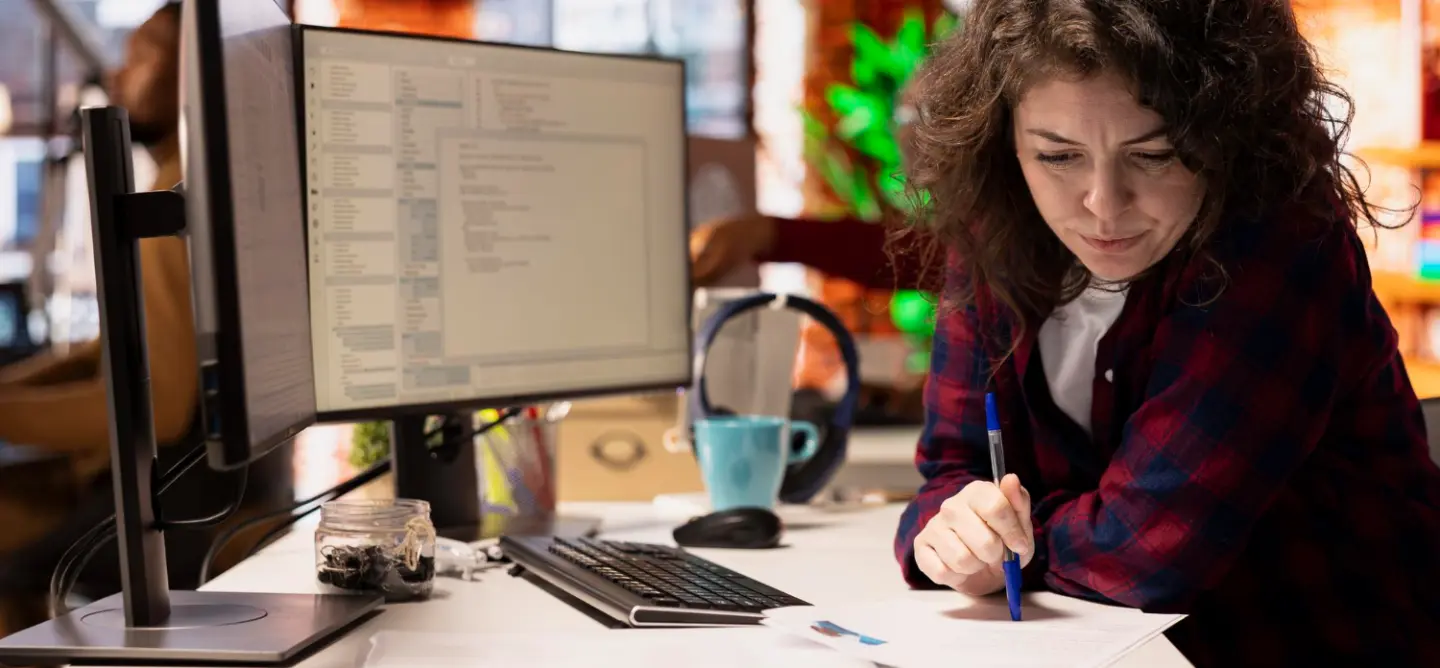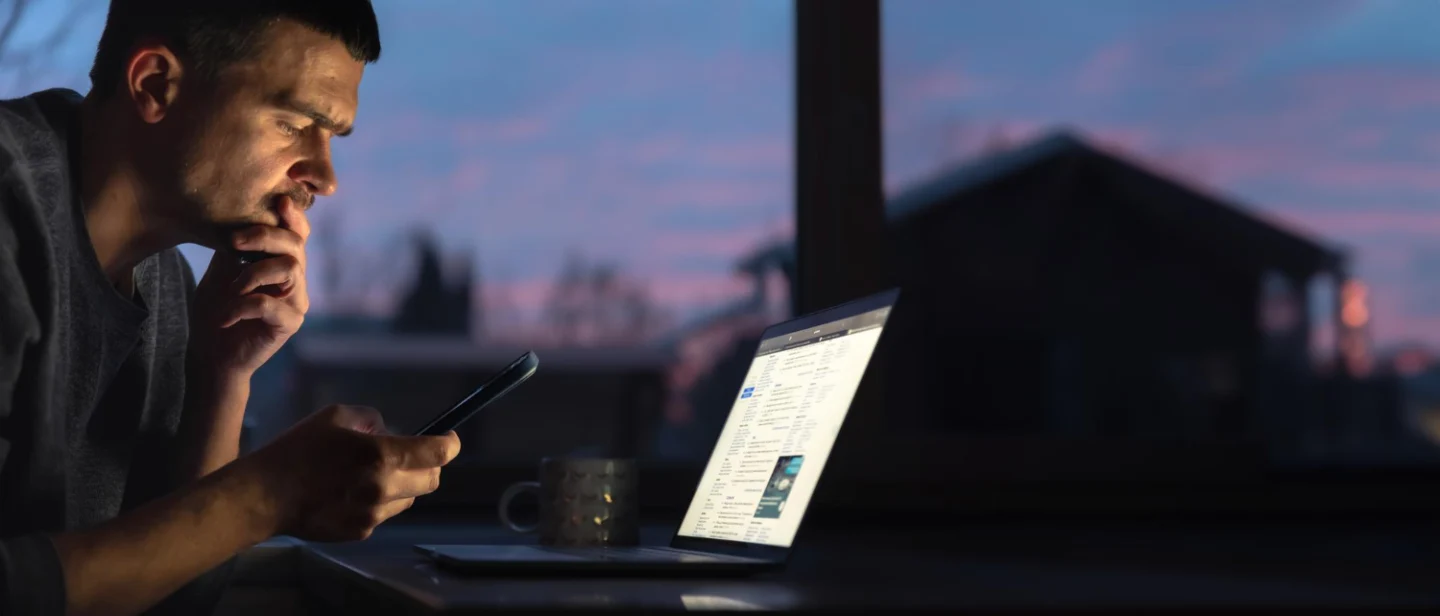The landscape of artificial intelligence and intellectual property reached a pivotal moment in September 2022 when artist Kristina Kashtanova received the first-ever U.S. copyright registration for a work created with AI assistance. Her graphic novel "Zarya of the Dawn", generated using Midjourney's text-to-image technology, initially seemed to open new doors for AI content creators. However, this victory was short-lived. Within months, the U.S. Copyright Office reconsidered its decision and partially canceled the registration, ruling that the AI-generated images lacked human authorship. For anyone wondering how to copyright AI-generated content, this case illuminated the complex legal terrain that creators must navigate today. Understanding these evolving regulations is crucial for content creators, businesses, and artists working with AI tools.
Understanding AI Content Copyright Laws and Current Legal Framework
The current legal stance on AI-generated content presents significant challenges for creators seeking copyright protection. Can one copy ai content legally remains a complex question that depends heavily on the level of human involvement in the creative process. The U.S. Copyright Office maintains that works created solely by artificial intelligence cannot receive copyright protection, as they lack human authorship—a fundamental requirement for copyright eligibility.
Federal courts have consistently supported this position, with judges ruling that AI-created artwork cannot be copyrighted under current U.S. law. This creates a legal gray area where purely AI-generated content exists in the public domain, potentially available for anyone to use without permission or compensation to the original prompter.
Key legal principles governing AI copyright include:
- Human authorship requirement: Only works with substantial human creative input qualify for copyright protection
- Collaboration threshold: Mixed human-AI works may receive partial protection if human contributions are separable and substantial
- Fair use considerations: Training AI models on copyrighted material may fall under fair use, though this remains actively litigated

The Zarya of the Dawn Case: A Turning Point in How to Copyright AI Works
The Zarya of the Dawn incident fundamentally changed how creators approach AI copyright protection strategies. Kashtanova's case established important precedents that continue to influence copyright policy today. The Copyright Office's decision to protect the book's text and overall arrangement while rejecting protection for individual AI-generated images created a framework for understanding what elements of AI-assisted works qualify for copyright.
This landmark case revealed that creators cannot simply generate AI images and expect automatic copyright protection. The Office determined that Kashtanova's text prompts and minor editing of generated images were insufficient to constitute human authorship of the visual elements. However, her original text, character development, and the creative arrangement of story elements remained protected intellectual property.
The case's broader implications include:
- Prompt writing alone doesn't establish authorship: Simply creating text prompts for AI systems is insufficient for copyright protection
- Creative arrangement matters: The selection, coordination, and arrangement of AI-generated elements can receive protection
- Human contributions must be substantial: Minor edits or adjustments to AI outputs don't qualify as sufficient human authorship
- Mixed media protection is possible: Different elements of a work may receive varying levels of copyright protection
Legal Strategies for Protecting AI-Generated Content Through Creative Approaches
Despite current limitations, several strategies can help creators protect their AI-generated works through legitimate legal means. Copywriting meaning in this context extends beyond traditional marketing copy to encompass the entire process of securing intellectual property rights for creative works. Professional content creators and businesses must understand these protective measures to safeguard their investments in AI-generated materials.
Photography emerges as one of the most viable protection strategies. When creators photograph their AI-generated artwork, the resulting photograph receives full copyright protection as an original work of human authorship. This approach transforms unprotectable AI content into copyrightable photographic work, providing legal ownership rights that can be enforced in court.
Effective protection strategies
- Physical documentation: Create physical prints of AI artwork and photograph them professionally
- Substantial human modification: Significantly edit, combine, or transform AI outputs using traditional creative tools
- Original compilation: Arrange multiple AI-generated elements into original collections or presentations
- Mixed media integration: Combine AI-generated content with substantial human-created elements
- Documentation of process: Maintain detailed records of creative decisions and human contributions
What is Copywriting vs. Copyright: Key Distinctions for AI Users
Understanding the distinction between copywriting and copyright is essential for anyone working with AI-generated content. What is copywriting job responsibilities differ significantly from copyright protection concerns, yet both concepts intersect importantly in the AI content creation space.
Copywriting refers to the art and science of writing persuasive content designed to promote, sell, or engage audiences with products, services, or ideas. Copywriting what is commonly understood includes creating advertisements, marketing materials, website content, and promotional copy. Professional copywriters craft compelling messages that drive specific actions or responses from target audiences.
Copyright, conversely, represents the legal protection granted to original works of authorship, giving creators exclusive rights to reproduce, distribute, and monetize their creative works. Copyright law protects the expression of ideas rather than the ideas themselves, covering literary works, artistic creations, musical compositions, and other creative outputs.
Key distinctions
- Purpose difference: Copywriting creates persuasive content for marketing purposes, while copyright protects legal ownership of creative works
- Professional scope: Copywriting involves specific writing techniques and strategies, while copyright encompasses broader intellectual property protection
- AI implications: Both copywritten marketing content and copyrighted creative works face similar challenges regarding AI generation and ownership
- Legal protections: Copywriting produces works that may or may not qualify for copyright protection, depending on originality and human authorship levels
Practical Steps to Secure Copyright Protection for AI Work
Creators seeking to protect their AI-generated content must take proactive steps to establish human authorship and creative control. Copy written works require careful documentation and strategic approaches to qualify for copyright protection under current legal standards.
The most effective approach involves treating AI as a sophisticated tool rather than a creative partner. This perspective emphasizes human decision-making, creative vision, and substantial modification of AI outputs. Successful creators document their creative processes, maintain control over artistic direction, and invest significant human effort in refining AI-generated materials.
Implementation steps
- Establish creative vision: Develop clear artistic concepts and creative goals before using AI tools
- Document human contributions: Maintain detailed records of creative decisions, modifications, and human input throughout the process
- Invest in post-processing: Significantly modify, edit, or enhance AI-generated content using traditional creative software
- Create physical versions: Print digital AI artwork and photograph the physical pieces to establish copyright through photography
- Seek legal consultation: Work with intellectual property attorneys to develop protection strategies tailored to specific creative projects
- Register completed works: File copyright applications for works with substantial human authorship components
Future Outlook: Navigating the Evolving AI Copyright Landscape
The future of AI copyright law remains dynamic and uncertain, with ongoing litigation, legislative discussions, and policy updates continuously reshaping the legal landscape. Understanding these developing trends helps creators and businesses prepare for emerging opportunities and challenges in AI-generated content protection.
Recent court decisions and policy statements suggest that regulatory approaches may evolve to provide clearer guidance on AI copyright issues. The Copyright Office has indicated willingness to reconsider policies as technology develops and legal precedents emerge from ongoing litigation. International approaches vary significantly, with some countries offering different levels of protection for AI-generated works.
Future considerations
- Legislative developments: Congress may enact specific AI copyright legislation addressing current legal gaps
- Judicial precedents: Ongoing lawsuits will establish important legal precedents affecting AI copyright interpretation
- International harmonization: Global coordination on AI copyright policies may influence U.S. legal approaches
- Technology evolution: Advances in AI capabilities may necessitate updated legal frameworks and protection strategies
- Industry standards: Professional organizations and industry groups may develop best practices for AI copyright protection

FAQs
Q1: Can I copyright content generated purely by an AI tool using only a prompt?
A1: No. Works produced solely by AI in response to prompts—which users did not substantially modify—are not copyrightable under U.S. law. Prompts alone do not meet the threshold for authorship.
Q2: How much human involvement is required for AI-assisted content to be copyrightable?
A2: You must make substantial, creative modifications or arrangements to the AI-generated output—such as writing original text over it, rearranging the material into something new, or integrating it into a broader original work in a discernible way. Minor edits or prompt-only use don’t count.
Q3: If I heavily edit an AI-generated draft, can I claim copyright over the final version?
A3: Yes—if your contributions reflect your original creative expression. The copyright would cover your human-authored portions and any AI output you’ve incorporated in a substantial, transformative way.
Q4: What does the U.S. Copyright Office say about registering works that include AI-generated parts?
A4: The Office allows registration if human authorship is evident and the AI-generated content is not being claimed as authored. You must identify the author and explain which portions derive from your original creative input. Pure AI content must be disclosed and cannot be included in the registration claim.
Q5: Does the copyright rule differ in other countries?
A5: Yes. Many countries—such as the United Kingdom, France, China, and Japan—take a more flexible approach. For example, UK law allows for “computer-generated works” where a human arranges or oversees the creation process. These systems may grant copyright to AI-associated works if human direction is evident.
Conclusion: Mastering AI Copyright Protection in a Changing Legal Environment
The journey toward understanding how to copyright AI content requires navigating complex legal terrain while implementing practical protective strategies. The Zarya of the Dawn case established crucial precedents that continue shaping copyright policy, demonstrating both the possibilities and limitations of current legal frameworks. While purely AI-generated content remains unprotectable under existing law, creators can employ strategic approaches to secure copyright protection for their work.
Success in AI copyright protection depends on emphasizing human authorship, documenting creative processes, and implementing protective strategies like photography and substantial modification of AI outputs. As legal frameworks continue evolving through litigation and policy development, creators must stay informed about changing regulations while focusing on building strong foundations of human creative contribution in their AI-assisted works.
The intersection of artificial intelligence and intellectual property law will undoubtedly continue developing rapidly. By understanding current limitations, implementing effective protection strategies, and remaining adaptable to legal changes, creators can successfully navigate this complex landscape while protecting their valuable AI-generated content investments.
 Submit Your AI Tool For FREE!Showcase Your Innovation To Thousands Of AI Enthusiasts!
Submit Your AI Tool For FREE!Showcase Your Innovation To Thousands Of AI Enthusiasts! Submit Your AI Tool For FREE!Showcase Your Innovation To Thousands Of AI Enthusiasts!
Submit Your AI Tool For FREE!Showcase Your Innovation To Thousands Of AI Enthusiasts! Submit Your AI Tool For FREE!Showcase Your Innovation To Thousands Of AI Enthusiasts!
Submit Your AI Tool For FREE!Showcase Your Innovation To Thousands Of AI Enthusiasts! Submit Your AI Tool For FREE!Showcase Your Innovation To Thousands Of AI Enthusiasts!
Submit Your AI Tool For FREE!Showcase Your Innovation To Thousands Of AI Enthusiasts! Submit Your AI Tool For FREE!Showcase Your Innovation To Thousands Of AI Enthusiasts!
Submit Your AI Tool For FREE!Showcase Your Innovation To Thousands Of AI Enthusiasts!





No comments yet. Be the first to comment!